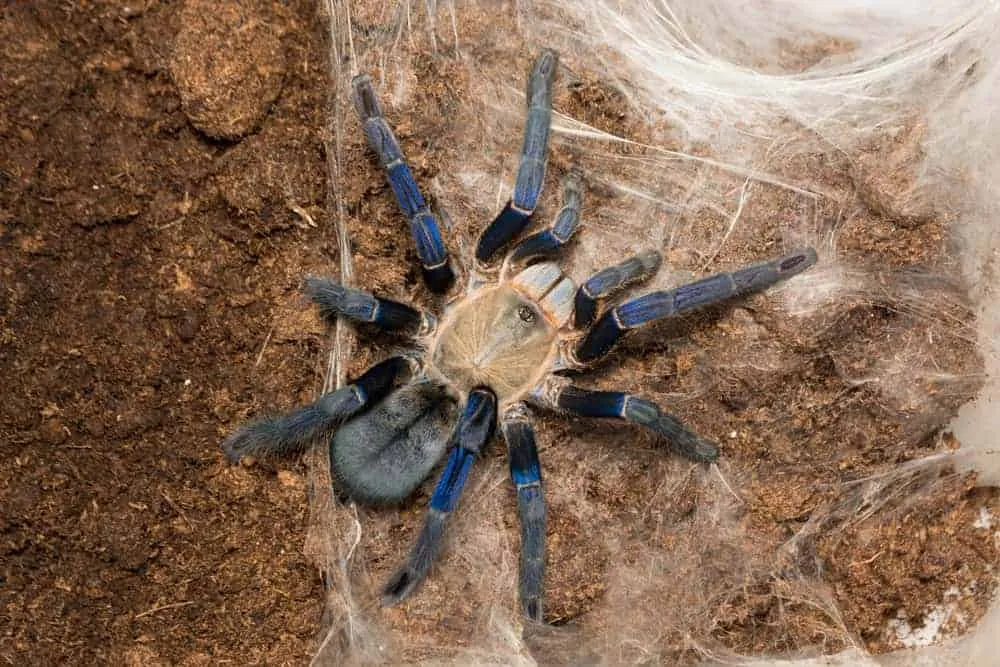Cobalt Blue Tarantula: Top 5 Facts!
The Cobalt Blue Tarantula, a jewel-toned arachnid, captivates with its striking appearance and intriguing behavior. This comprehensive guide unveils five fascinating facts about these exotic creatures, covering their physical characteristics, habitat, venom, and care requirements. Whether you’re a seasoned arachnid enthusiast or a curious newcomer, this article will provide valuable insights into the world of the Cobalt Blue Tarantula, ensuring a deeper appreciation for these magnificent spiders. Discover why they are so popular and what makes them unique in the world of tarantulas.
Appearance and Characteristics
The Cobalt Blue Tarantula, scientifically known as Cyriopagopus lividus, is instantly recognizable due to its vivid coloration. These tarantulas are native to the tropical forests of Myanmar and Thailand, where they thrive in humid environments. Their stunning appearance makes them a highly sought-after species in the pet trade. Understanding their characteristics is key to appreciating their beauty and ensuring proper care. This section explores their remarkable features and what makes them stand out in the arachnid world.
Vibrant Coloration
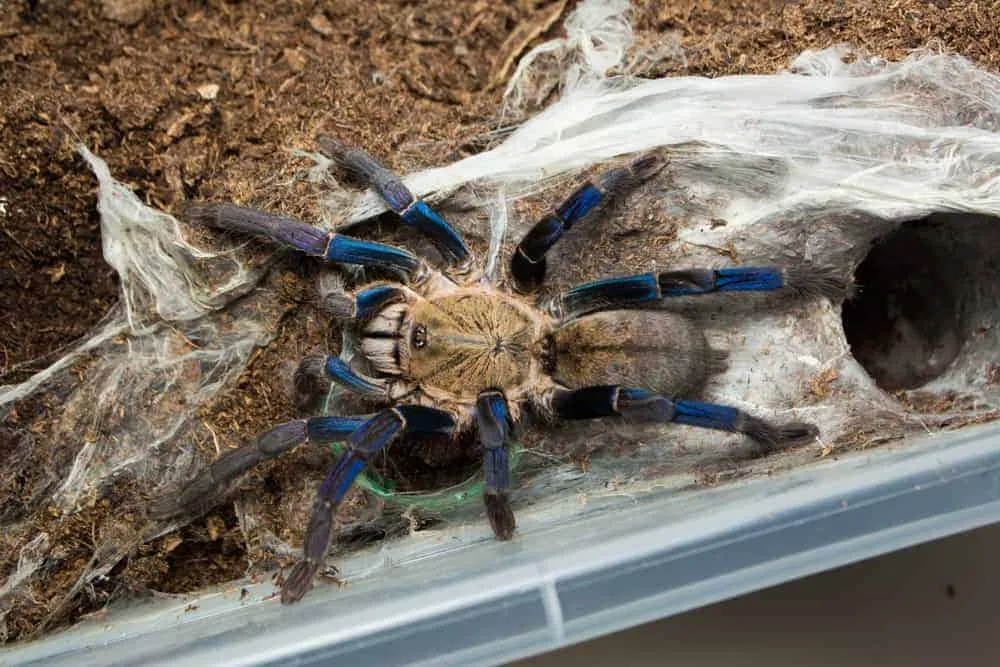
The most distinctive feature of the Cobalt Blue Tarantula is, of course, its vibrant blue coloration. This coloration is most prominent on the legs, which exhibit a brilliant metallic blue hue. The carapace, or the top of the cephalothorax, may have a lighter blue or greyish tint. The abdomen can range from a dark blue to a black color, providing a striking contrast to the legs. This coloration serves as a warning to potential predators, making it an important survival mechanism in their natural environment. The intensity of the blue can vary slightly depending on the tarantula’s age and environmental conditions.
Size and Lifespan
Cobalt Blue Tarantulas are medium-sized tarantulas. Females typically grow to a leg span of around 5 to 6 inches (13 to 15 cm), while males tend to be slightly smaller. In terms of lifespan, females can live for 12 to 15 years or even longer with proper care, whereas males have a shorter lifespan, typically living for 3 to 5 years after reaching maturity. The longevity of these tarantulas makes them a long-term commitment for any pet owner. This is a key aspect to consider before acquiring one.
Habitat and Origin
Understanding the natural habitat of the Cobalt Blue Tarantula is crucial for providing appropriate care in captivity. They are native to the tropical rainforests of Southeast Asia, specifically found in Myanmar and Thailand. Their natural environment dictates their needs in terms of temperature, humidity, and the types of environments they thrive in. Replicating these conditions is crucial for their health and well-being in a captive setting. Learning about their origin gives a deeper insight.
Natural Environment
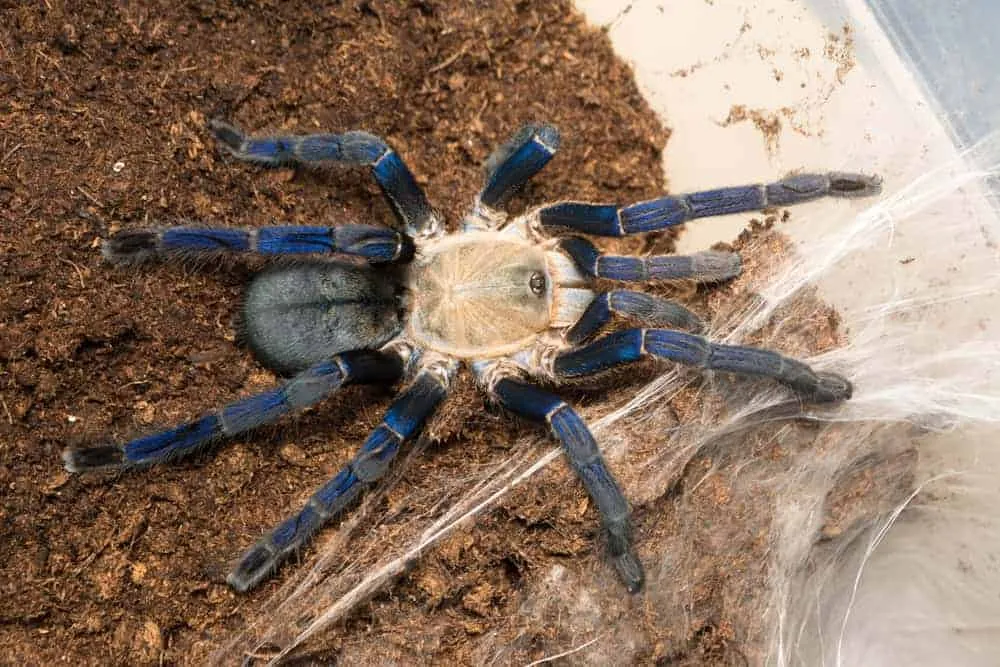
In their natural habitat, Cobalt Blue Tarantulas are terrestrial, meaning they spend most of their time on the ground. They are burrowers, creating intricate tunnel systems in the soil and leaf litter. The climate in their native regions is hot and humid, with consistent temperatures and high humidity levels. They are also found in areas with plenty of rainfall. They prefer the cover of dense vegetation and often reside near streams or other water sources. The availability of insects and other small invertebrates provides a consistent food supply in their natural environment.
Geographic Distribution
Cobalt Blue Tarantulas are primarily found in the tropical regions of Myanmar and Thailand. Their geographic distribution is relatively restricted, making them a sought-after species in the pet trade. Their existence is threatened due to habitat destruction, mostly by deforestation and the pet trade. Conservation efforts and awareness are crucial in protecting this species and ensuring their survival in the wild. Knowing their location helps ensure we preserve their homes.
Venom and Toxicity
One of the most common questions regarding Cobalt Blue Tarantulas is about their venom. While all tarantulas possess venom, the toxicity level varies between species. Understanding the effects of their venom is crucial for anyone considering keeping one as a pet. This section covers the potency of their venom, effects on humans, and what to do in case of a bite. It’s important to clarify common misconceptions about tarantula venom and safety.
Are They Poisonous to Humans?
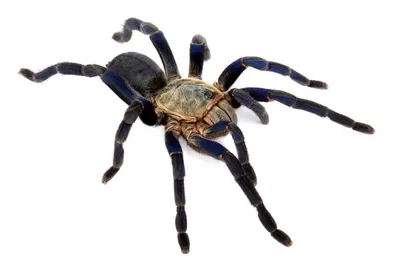
No, Cobalt Blue Tarantulas are not poisonous. They are venomous, meaning they inject toxins through a bite. However, their venom is not considered life-threatening to humans. The effects of a bite are typically similar to a bee sting, causing localized pain, swelling, and redness at the bite site. Although their venom is not deadly, it is important to avoid being bitten and to take appropriate precautions when handling them. They’re venomous, not poisonous.
Venom Effects and Symptoms
If bitten by a Cobalt Blue Tarantula, the symptoms usually include immediate pain, swelling, and redness around the bite area. Some individuals may experience muscle cramps, itching, or a mild fever. These symptoms typically subside within a few hours or days. There’s not been any lethal bite records documented. If symptoms worsen or if you experience any allergic reactions, such as difficulty breathing, seek medical attention immediately. Preventative measures is the best form of action.
Care and Handling
Proper care and handling are essential for the well-being of Cobalt Blue Tarantulas in captivity. Creating a suitable environment, providing appropriate food, and handling them with care can ensure a long and healthy life for your pet. Here, we cover all essential aspects of their care, including their suitable enclosure, feeding habits, and how to safely handle them. These steps will help you keep your spider safe and happy.
Suitable Enclosure
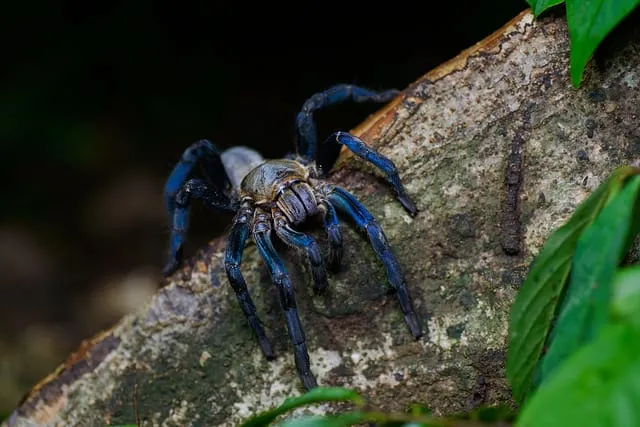
A well-designed enclosure is crucial for the Cobalt Blue Tarantula’s well-being. They require an enclosure that is large enough for them to move around comfortably and to burrow. A ten-gallon tank or a similar-sized enclosure is usually adequate for adults. The enclosure should have a secure lid to prevent escape and should be made of clear material for easy viewing. The enclosure needs substrate, like a mixture of peat moss, vermiculite, and coconut fiber, which helps maintain humidity and allows them to burrow. Provide a shallow water dish and a hide, such as a piece of cork bark. Maintaining the enclosure is important for the spider.
Feeding Habits
Cobalt Blue Tarantulas are carnivores, and their diet consists mainly of insects. Crickets, roaches, mealworms, and other commercially available insects are suitable food sources. Feed juvenile tarantulas 2-3 times per week, and adults can be fed once or twice a week, depending on their size and appetite. Remove any uneaten food within 24 hours to prevent the growth of mold and mites. Make sure to provide fresh, clean water in a shallow dish at all times. Varying their diet with different types of insects can provide them with a broader range of nutrients. Proper feeding is vital.
In conclusion, the Cobalt Blue Tarantula is a captivating species, admired for its striking appearance and intriguing behavior. Understanding their unique characteristics, habitat, venom, and care requirements allows for responsible pet ownership and appreciation of these beautiful arachnids. From their vibrant blue coloration to their burrowing habits, the Cobalt Blue Tarantula offers a glimpse into the fascinating world of exotic pets. Remember to handle them with care, provide the right environment, and always prioritize their well-being. Enjoying the world of the Cobalt Blue Tarantula is rewarding.
